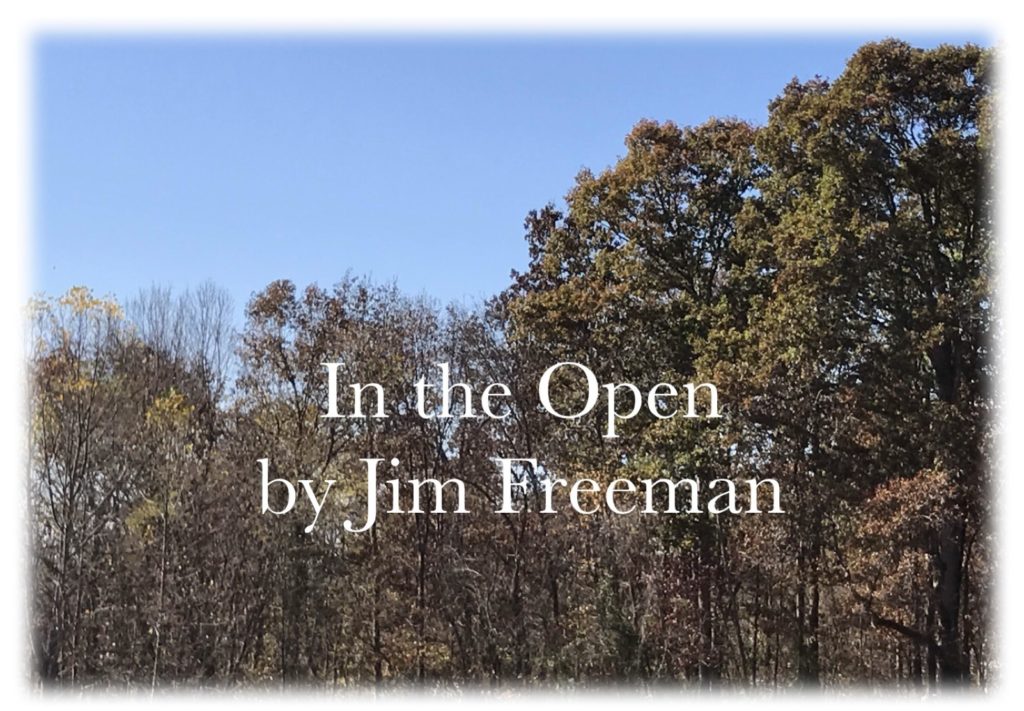In the Open: Seasons changing, a farewell to an old friend, and hunter education


In the Open: Seasons changing, a farewell to an old friend, and hunter education
Although summer seems reluctant to release its grip on the Midwest, hunting season and fall are nearly here. The buckeye trees are already starting to change, and the ash trees, if there were any ash trees that is, would soon be dropping their leaves as well.
Despite all the calamity going on in the world, we can be comforted that the seasons continue their ceaseless march, plants and animals continue their life cycles regardless of what goes on in the world of man, days get longer, and days get shorter – time marches on.
The 2020-2021 hunting season officially begins Tuesday with the onset of squirrel season and some migratory bird seasons. Since it looks like football and other pastimes are going to be somewhat curtailed this year, it could be a great opportunity to reconnect with your hunting roots and go out in search of what used to be most hunters’ first prey – gray and fox squirrels.
Here in southeastern Ohio, the two predominantly huntedsquirrel species are the gray squirrel, and the larger orangish-hued fox squirrel. The smaller red squirrels and black squirrels (which are a variety of gray squirrels) are not commonly encountered. Hunting hours are 30 minutes before sunrise to sunset, and the season continues through January 31 with a daily bag limit of six.
Squirrel hunting used to be a way that younger hunters could hone their skills, learning to move quietly and slowly through the woods, paying attention to their surroundings and mastering the patience needed remain still and quiet, and ultimately rewarded with a chance for a shot at their quarry.
In addition to silence and patience, young hunters learned marksmanship, hunter safety, and perhaps even game care all under the guidance of an experienced mentor. Along the way they learned how to maintain their hunting equipment, how to dress for anticipated weather conditions, to blend in with their environment, how to use the wind to their advantage, the different types of trees in the woods, and some of the different plants and animals.
I’ve always said that the same indecisive rodents that you see along the roadways and in parks is not the same critter you see in the deep woods; they are well-attuned to life there, and the presence of a large predator (you) doesn’t often go unnoticed.
There’s no doubt that the way people hunt has changed over the past quarter-century or so, but squirrel hunting doesn’t take a lot of special gear: a shotgun and shells, some camo, and a patch of woods is pretty much all that is required. My problem is that I always enjoyed hunting them better than shooting and eating them; most of the squirrel eaters in my family are long gone now, and I won’t hunt and shoot something just to be doing it.
—
John D. Riebel Sr., Pomeroy, a long-time hunter education instructor passed away on Monday, Aug. 10.
He was one of my Ohio Hunter Education Instructors and I’m proud to say that I also had the privilege of teaching numerous hunter education classes with him for over 25 years.
His experience as a professional educator, his outdoor experience, along with his passion about hunting and hunting safety, made him among the best of the best; he continued to teach hunter education long after his body began to fail. I would wager that well more than a thousand youngsters, and more than a few adults, learned about hunting safety from John.
I firmly believe the very best teachers leave a part of their essence with their students, so in that respect I am comforted John will be present (through his students) in the woods and fields for a long time to come.
—
As far as I am aware, traditional, instructor-led hunter education classes haven’t been held since March, and it is hard to say when those will resume, so let me make a pitch for the online course (for first-time hunters 12 and over).
There is a $19.95 charge for the course at www.hunter-ed.com/ohio, but for that you get the convenience of working on the class when you want, at your own pace, wherever you want, and you don’t get charged until you actually pass the exam and get your hunter education certificate – and you get unlimited attempts to pass the exam. I took the course and did most of it on my smart phone; it worked well, remembered my progress, and most importantly was easy to navigate. You’ll make up the $19.95 in fuel, time, and the convenience of working it around your schedule instead of vice-versa – and did I mention unlimited attempts to pass the exam.
I’ve mentioned in the past that the Ohio Hunter Education Class has changed and that the test is a little bit harder now, so I wouldn’t recommend it for kids younger than 12. If your kid is brighter than most (aren’t they all?) and is under 12, then he or she will still have to attend an in-person completion session. Since there is no longer a limit on how many apprentice hunting licenses a person can have, what’s the rush?
My suggestion? Take advantage of the slightly slower pace of life we’ve been handed and get out there with some youngsters.
Jim Freeman is currently serving as the wildlife specialist for the Meigs Soil and Water Conservation District and can be contacted weekdays at 740-992-4282 or at [email protected]








